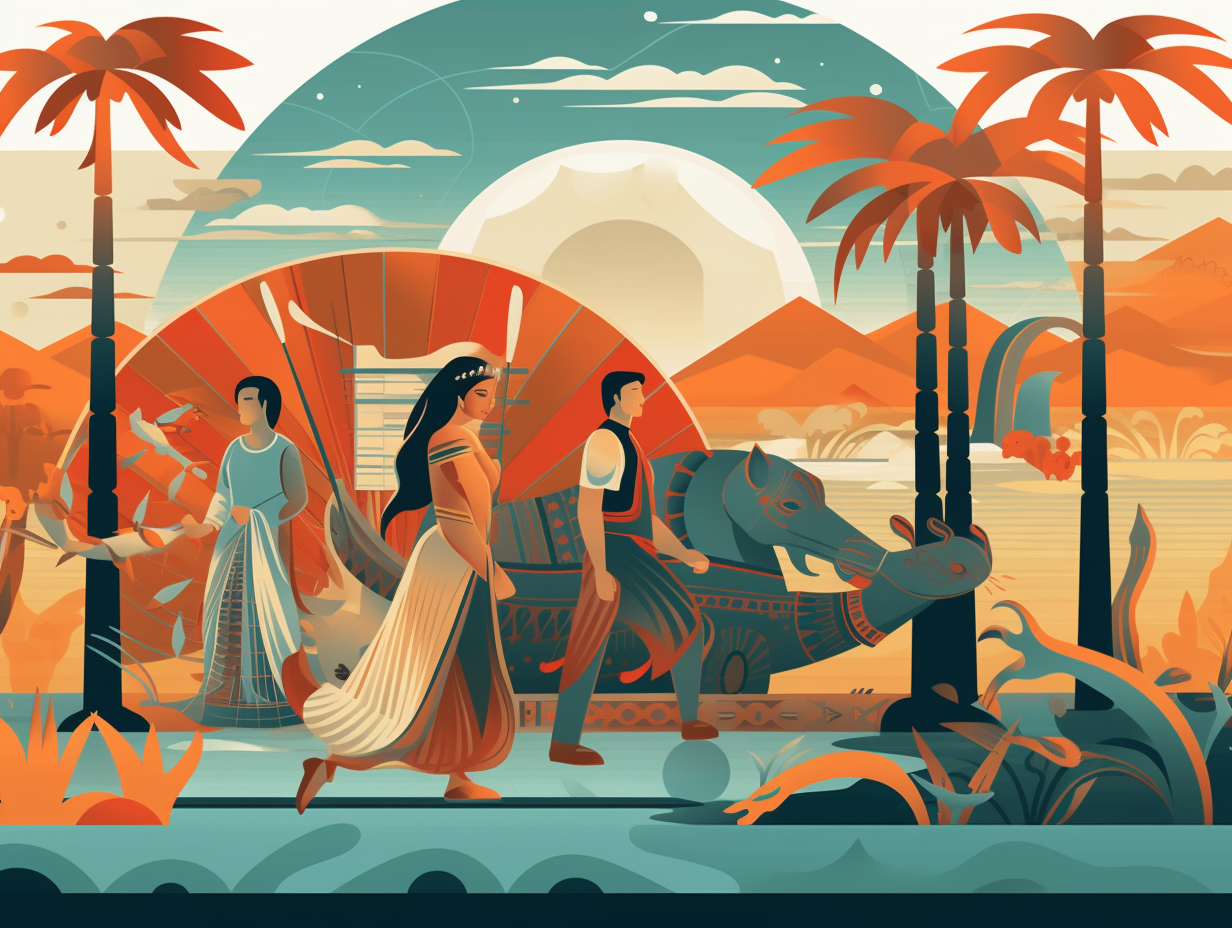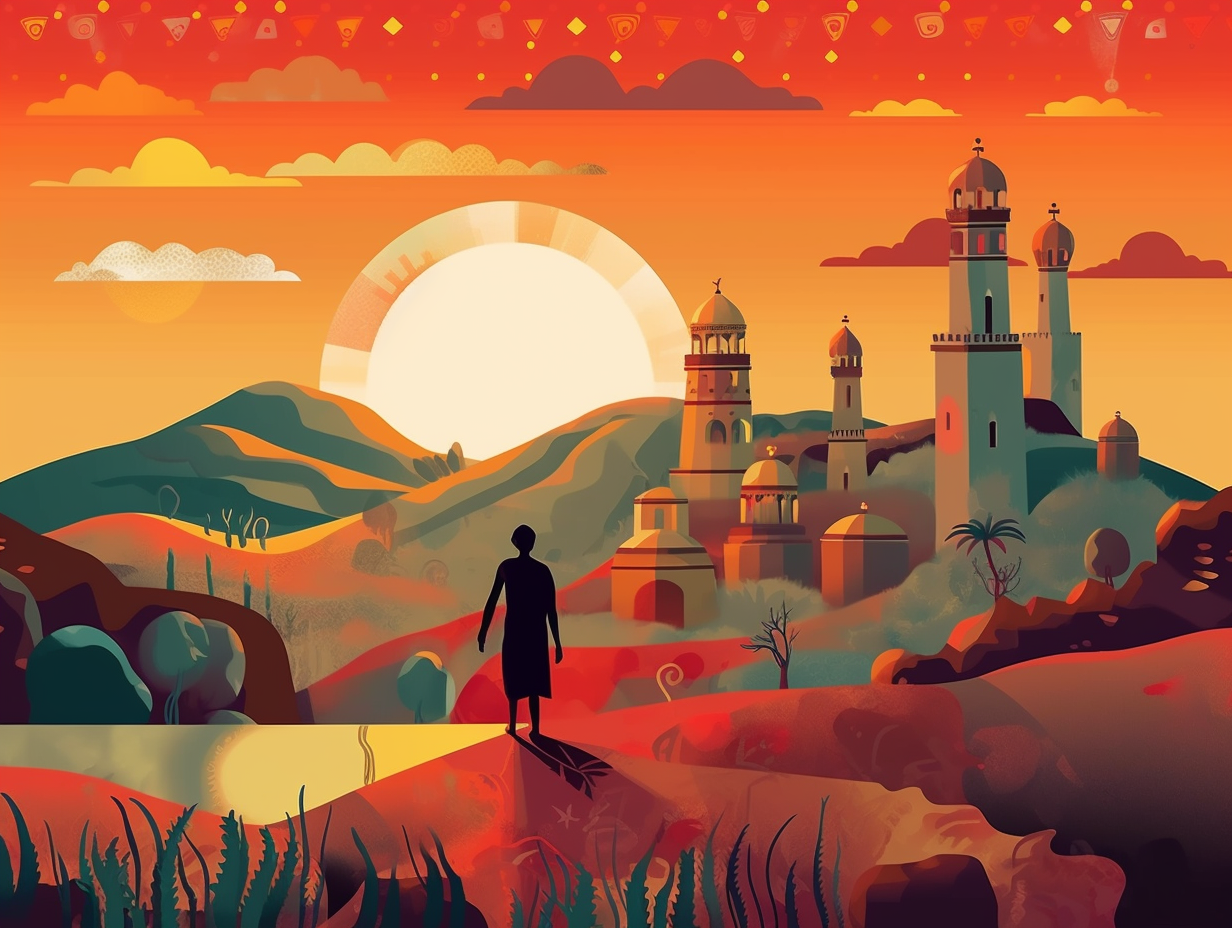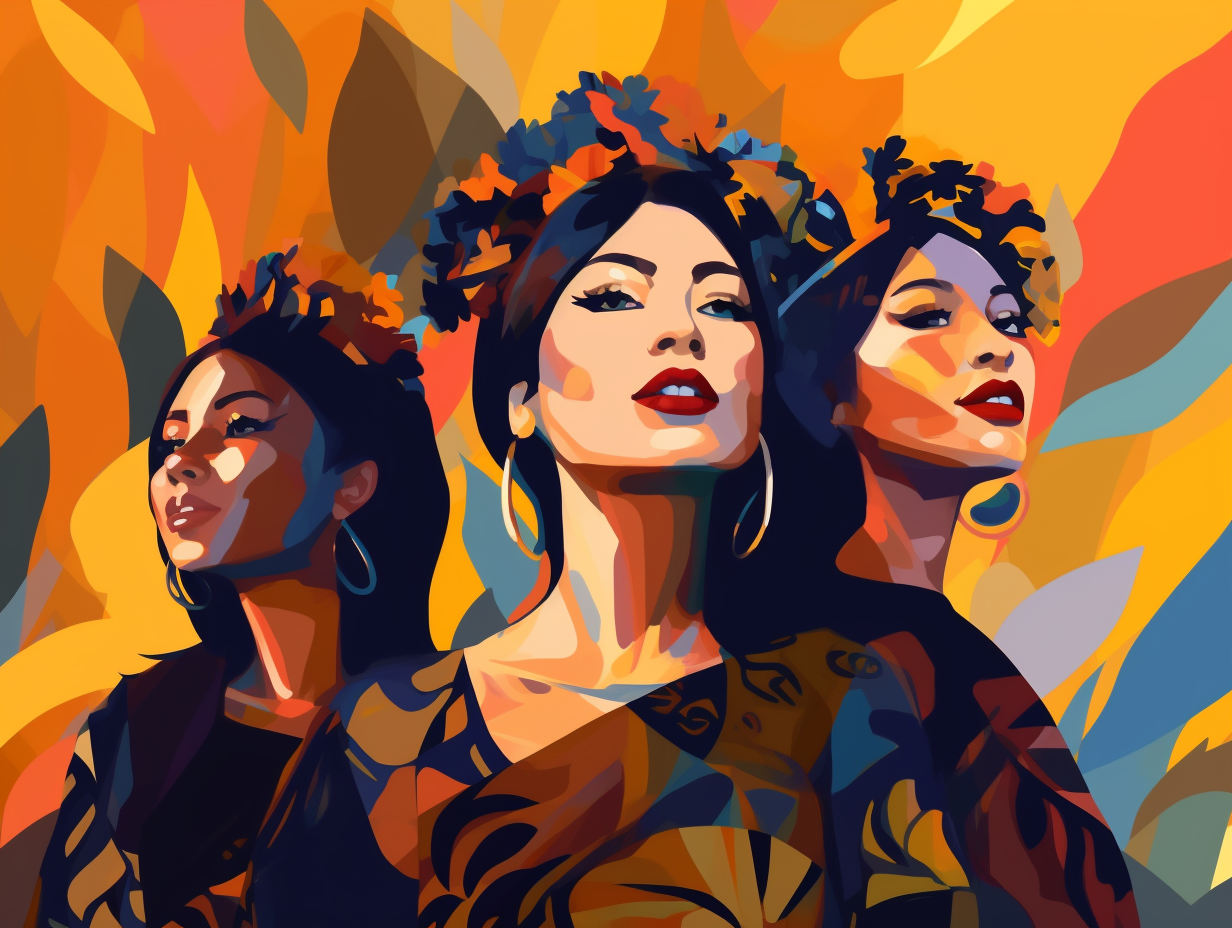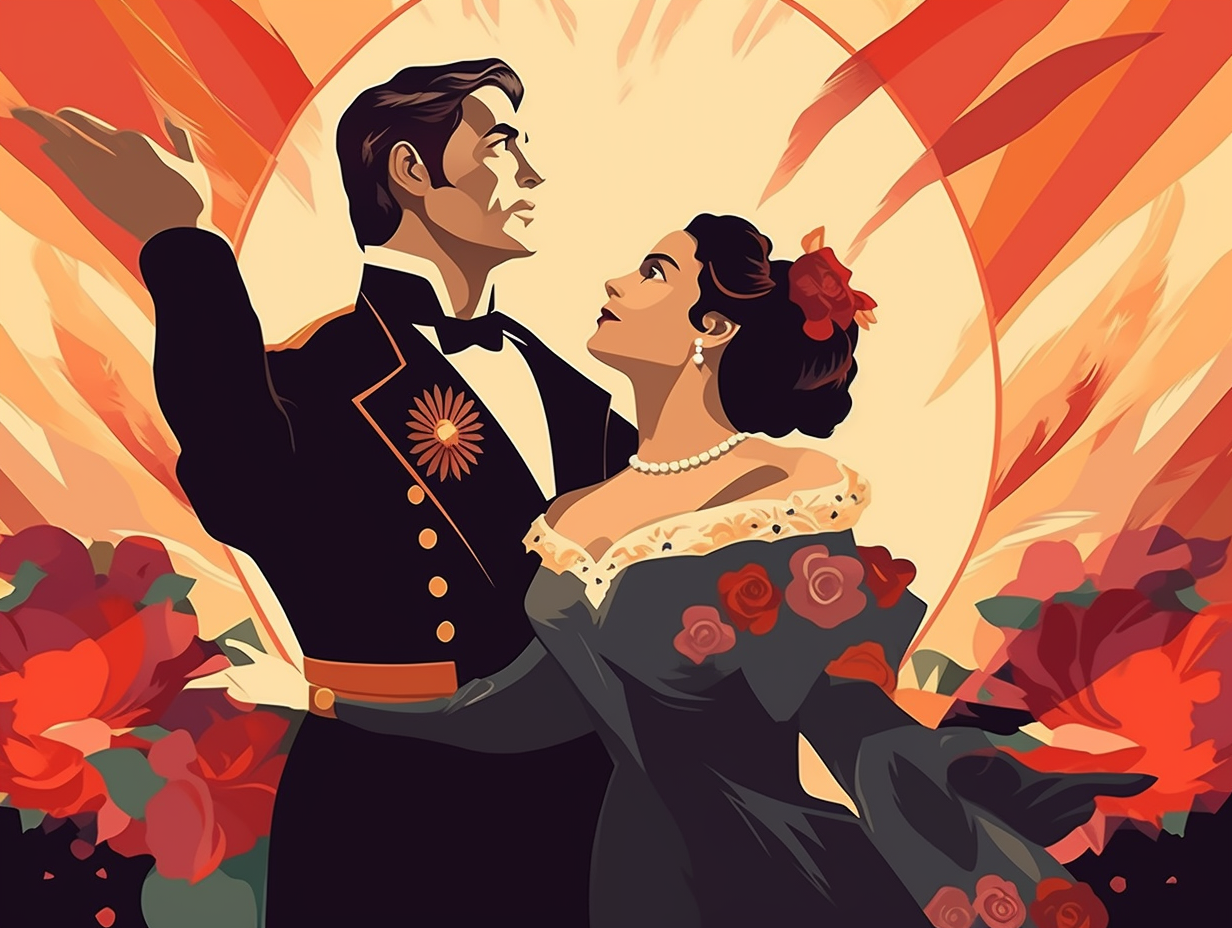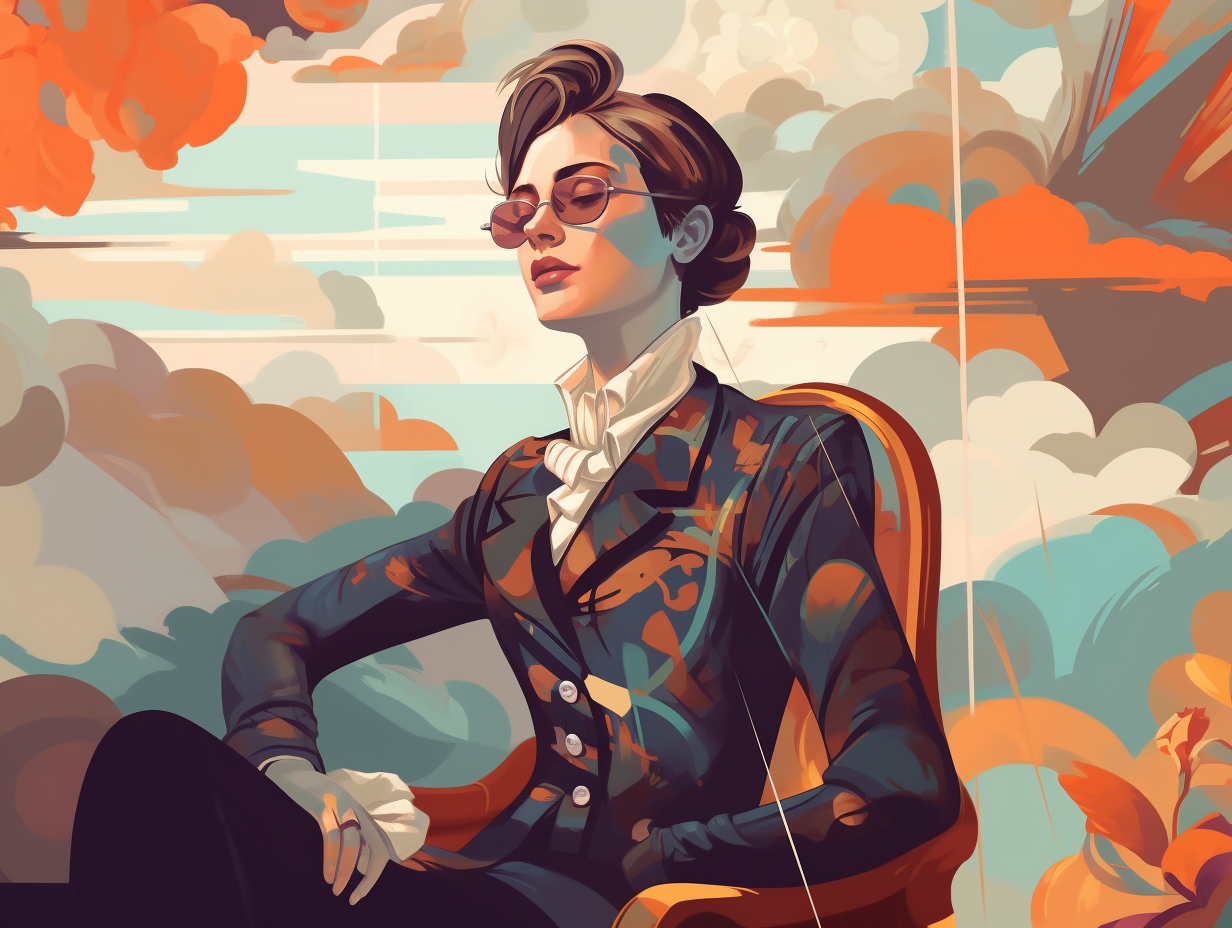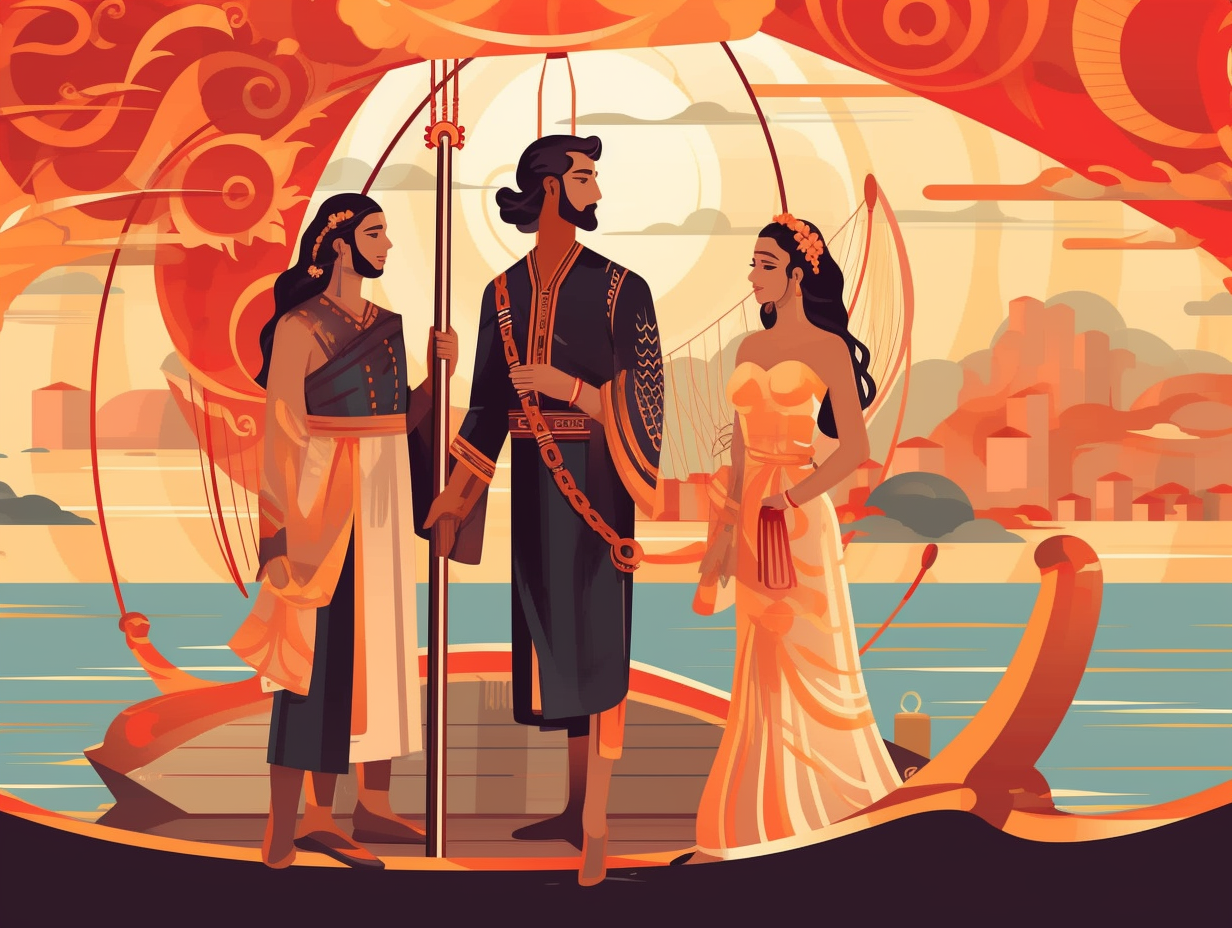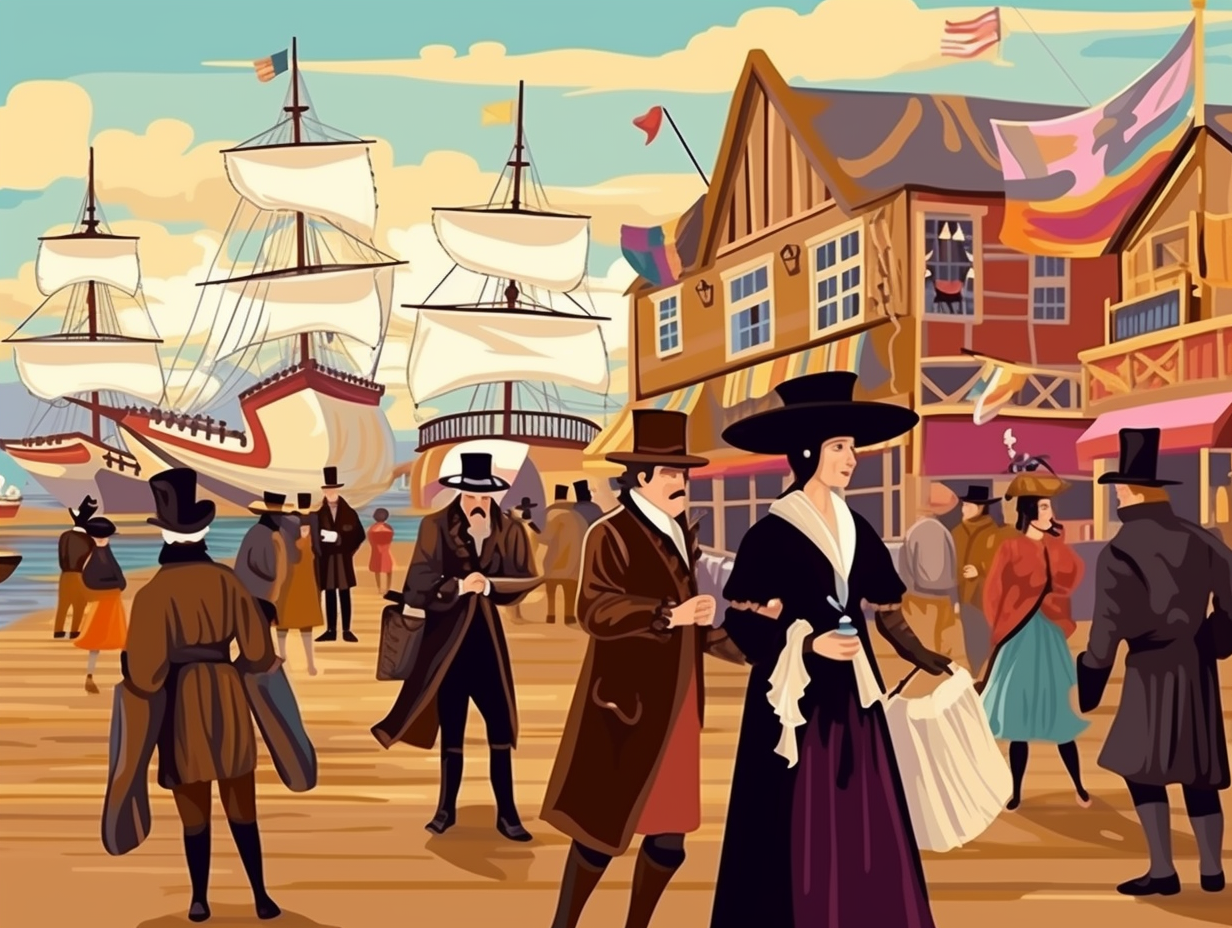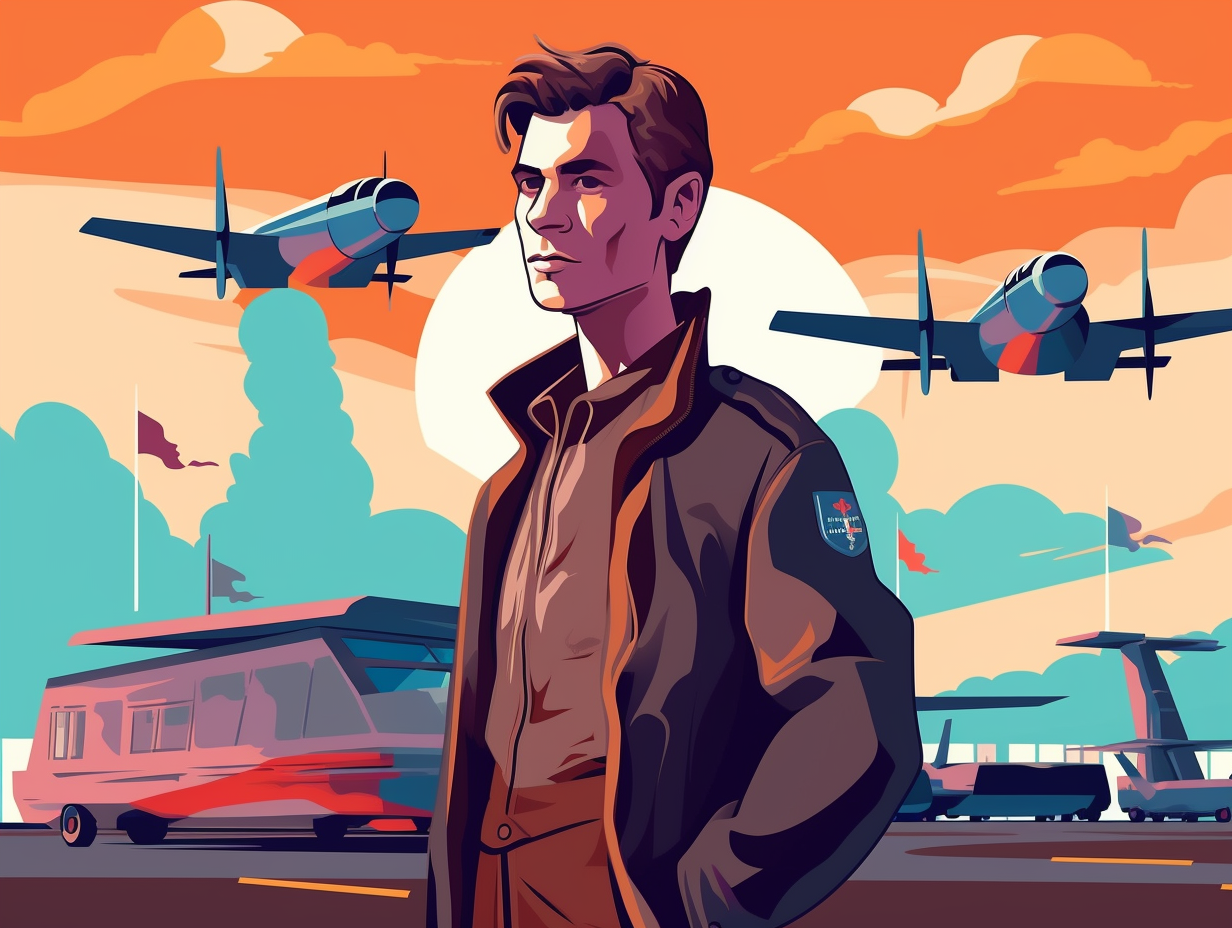Discover the Unseen: Top 9 Amazing Fun Facts About the Soviet Union You Never Knew!

1. Beer: a Soviet Appetizer
They say laughter is the best medicine, but in Soviet Russia, beer was the best appetizer: before 2011, beer, containing less than 10% alcohol, was considered a "foodstuff" due to an international trade agreement, and it was only after reclassification as an alcoholic beverage that significant restrictions were imposed, including a ban on public consumption, limited advertising, and restricted sale hours.
Source => rbth.com
2. Mosfilm: the Soviet Hollywood
Lights, camera, Bolshevik! Just when you thought Hollywood had the monopoly on movie magic, think again: Mosfilm, the Soviet Union's cinematic powerhouse, boasts an impressive roster of acclaimed films like War and Peace and Solaris, and as one of the oldest and largest film studios in Europe since 1924, it's certainly been directing history.
Source => en.wikipedia.org
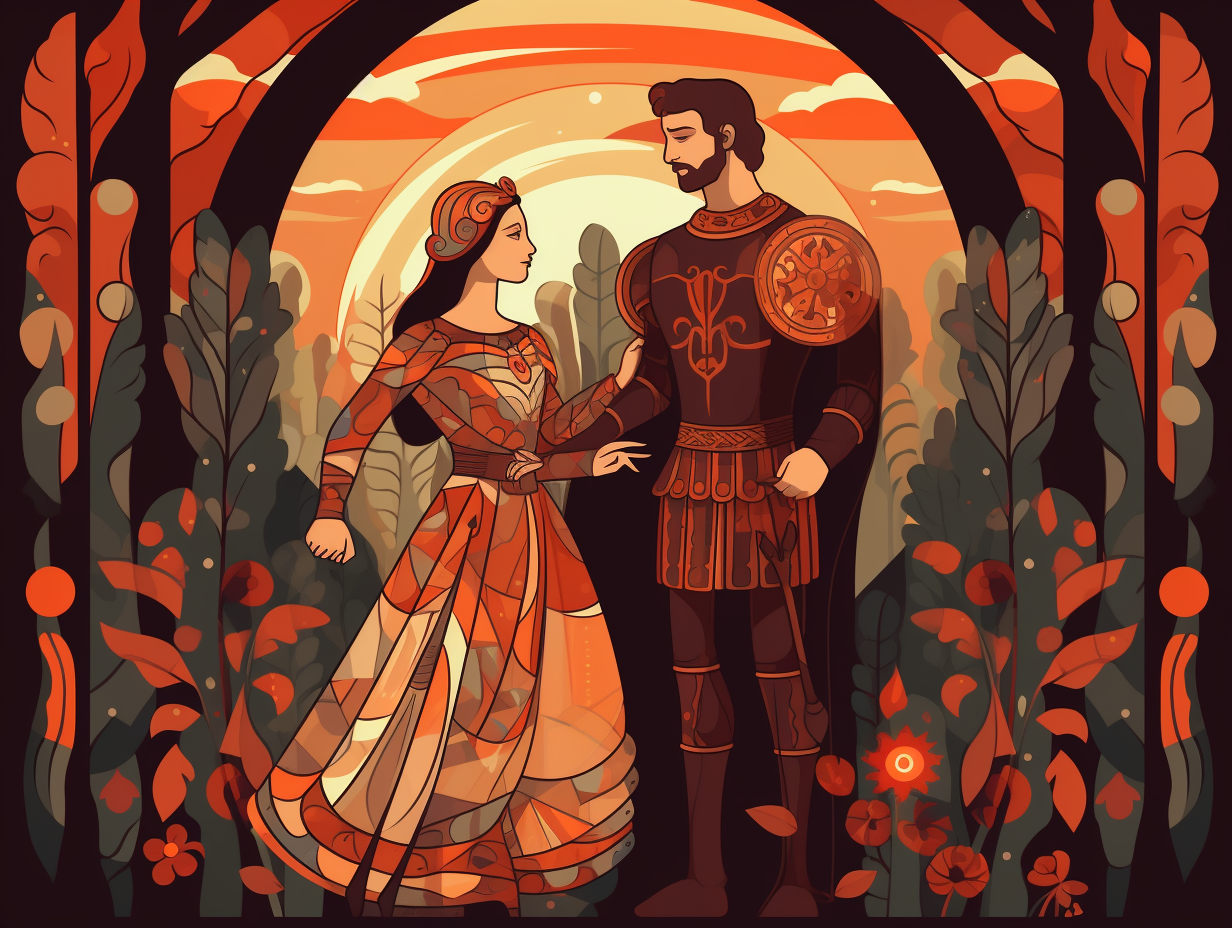
Did you know a Byzantine Emperor had a golden nose? Discover the intriguing story of Justinian II's metallic schnoz and how it impacted his reign!
=> Fun Facts about The-Byzantine-Empire
3. Nepreryvka: the USSR's Weekendless Experiment
Who needs Sundays when you can live in a world without weekends or holidays: Enter the Soviet Union of the 1930s, which experimented with the nepreryvka, a continuous work week of five staggered days off, leaving no room for family time, religious practices, or even machinery maintenance. Alas, the USSR's tryst with time-management was met with widespread resentment, and by 1940, they sheepishly reverted to the classic seven-day cycle - but not without throwing in some mandatory prison sentences for tardy comrades.
Source => history.com
4. Lenin: the Troubled Icebreaker
They say you can't keep a good icebreaker down, but the Soviet Union's nuclear-powered Lenin seemed to have a chilling habit of stirring up trouble: The impressive vessel experienced not one, but two major accidents during its lifetime—once in 1965 due to a loss-of-coolant hiccup, and again in 1967 when a cooling system leak put it on ice, requiring extensive reactor repairs and replacements.
Source => en.wikipedia.org
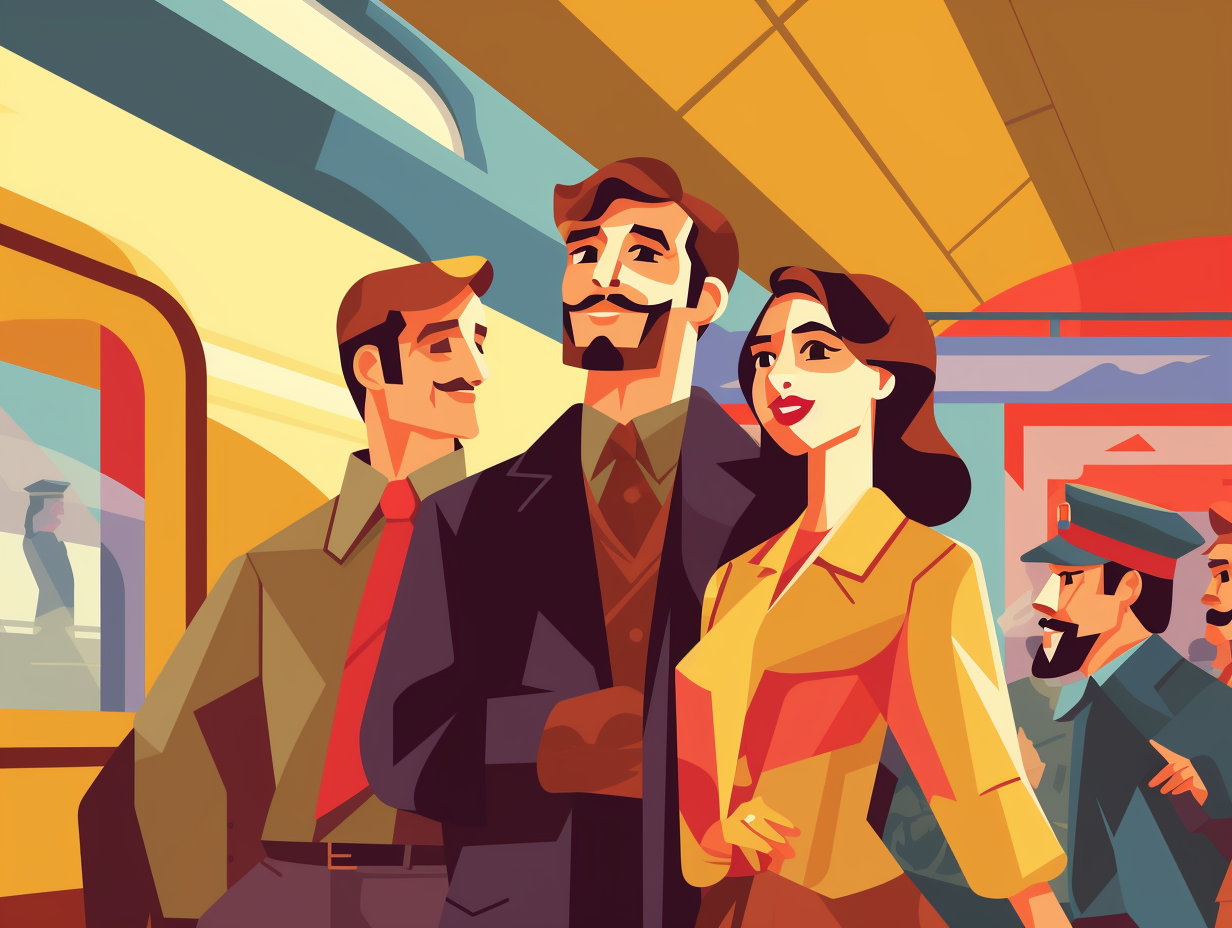
5. "Kolobok" Asteroid Crater
Once upon a near-Earth asteroid, a little crater had a fairy tale makeover: In 2018, a crater on the asteroid Ryugu was christened "Kolobok" after the plucky protagonist of a beloved East Slavic fable.
Source => en.wikipedia.org
6. Hedgehogs: Soviet Fairy Tale Stars
Did you hear the one about the Soviet hedgehog creating the world? It's no joke: Despite hedgehogs being adored and featured in Russian folktales as key players in world creation, they were never actually used as official Soviet mascots and primarily appeared in children's illustrations carrying apples and mushrooms, though they don't gather food for storage in real life.
Source => savemetrust.co.uk
7. Sputnik 1: Heavyweight Space Pioneer
Not your grandmother's sardine can, but rather a cosmic marvel soaring high above the clouds: Sputnik 1, the first artificial Earth satellite launched by the Soviet Union in October 1957, weighed a hefty 83.6 kg (184 lb) and revolutionized the Space Race, sparking global curiosity and technological advancements throughout the 20th century.
Source => en.wikipedia.org
8. Concordski: Supersonic Rise & Fall
In a world where speed is everything, behold the tale of the once majestic "Concordski": swift, bold, and a little too fiery for commercial flight. Zipping past the famed Concorde like a competitive sibling, only to face a slightly disconcerting fate: The Soviet Union's Tupolev Tu-144 was the first supersonic passenger jet to fly, besting the British-French Concorde by two months, but after only 102 flights (55 with passengers) and a pair of fatal crashes, it found a much calmer retirement as a museum exhibit in Russia and Germany, leaving us to wonder what could have been.
Source => simpleflying.com
9. Tetris: a Soviet-born Classic
Before Tetris pieces were dropping like it's hot on our screens, they were falling into place in the land of the Iron Curtain: Alexey Pajitnov developed one of the earliest versions of the globally famous game, Tetris, on a Soviet-made computer called Electronika 60 in 1985, where he used plain ol' text characters to form the game's iconic blocks due to the device's lack of raster graphics.
Source => en.wikipedia.org
Related Fun Facts


